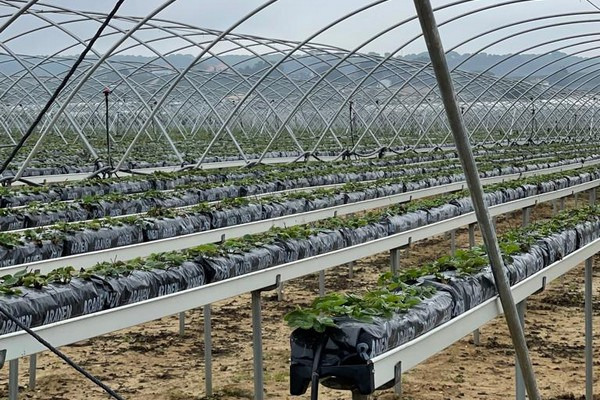The Spanish province of Huelva was on red alert for torrential rains just a few days ago. The rainfall was considerable in municipalities such as Aljaraque, which recorded almost 150 mm of rain on 1 November, as well as in Cartaya, Gibraleón and Punta Umbría, according to the Huelva Provincial Council. However, the most spectacular image left by the storm was the waterspout that formed off the coast of Isla Cristina, which caused some damage and even lifted small boats into the air.
As far as the strawberry sector is concerned, Manuel Alfaro, manager of El Pilonar and Pilón e Hijos, says that many farms were still busy with the planting and had not yet been covered the crops with plastic sheeting.
"Normally, the planting in our fields lasts until around October 20, but this year the nurseries have taken a little longer than usual to deliver the strawberry plants and we have been working in the planting until October 31. As a result, the damage caused by the storm has been more limited than it would have been if the greenhouses had already been mostly covered."

"I believe that the rains have brought greater benefits for strawberries than the damage they may have caused, and they have arrived after the planting; a time when rains are needed, in a year in which we have again had to deal with restrictions."
The contribution of last week's rains in Huelva (and Andalusia in general) to the water reserves will be quantified when the data from the Andalusian reservoirs is updated. According to the Andalusian Council of Agriculture, before the rainfall of the first days of November, the reservoir reserves had reportedly already increased by 178 hm³.
 For more information:
For more information:
El Pilonar
[email protected]
www.elpilonar.es
